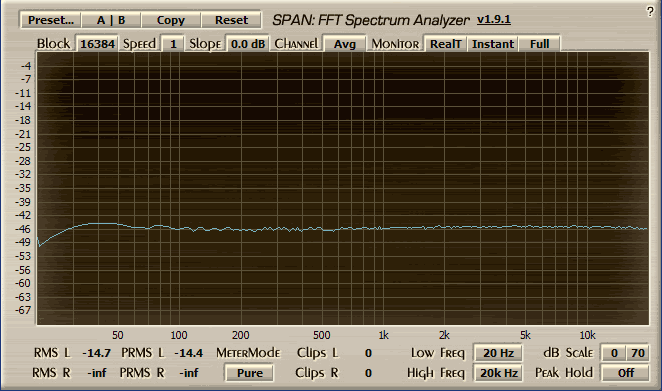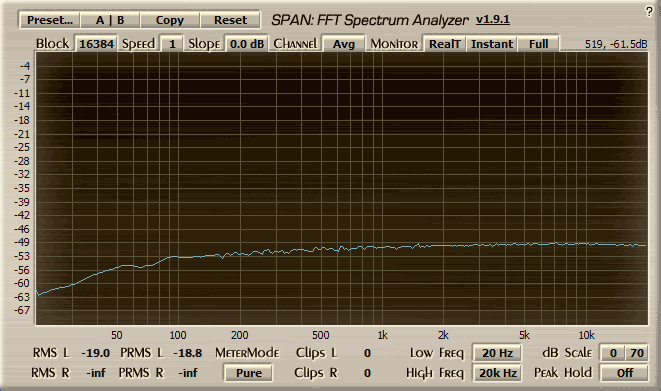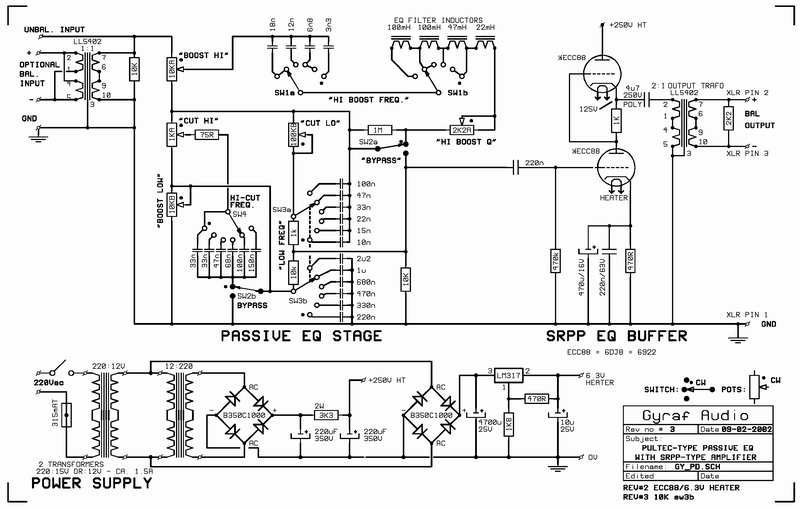Hi!
Today, I did some extensive testing on the G9. I found out that it's not the output driver that steals the bass freq but somewhere before the DI Input.
Just to clarify:
I didn't do those test because I was bored but because I had a problem while tracking bacause of a noticeable low cut and that's why I started wondering.
The measurements pretty much underlined that.
I measured with my EMU interface that has an absolutely flat freq response. Balanced output impedance is some 100 Ohms, balanced input impedance some 1MOhm. Measurements were done with SpectraPlus.
First I tested the freq response using the mic input and monitoring the output.
Source impedance is some 100 Ohms:

You can see the bass roll off and some high frq ringing
Next, I tested the line input with the input resistors giving some 470 Source impedance:

Didn't really change much. Then I added a 470 Ohm resistor to the input pad R5 that would give me some 230 Ohm source impedance:

Notice that the bass respons is better but at the expense of high freq ringing...
I thought maybe this tranny needs low source impedance to achieve good low frew response so I connected the mic input to the headphone driver with some 22 Ohms output impedance:

Now the response is even better, but also even more ringing...
Just for comparison the when using the DI input:

The input tranny seems to be the problem. Both channels behave the same way so it shouldn't be faulty...
Another interesting find:
I looped the input and output of my interface and got a perfectly flat response (of course)
Then I also attached just the G9 input at mic setting (the EMU has 1MOhm input impedance so it shouldn't change much) While still monitoring the output signal of the interface and not! the G9 output. When attaching the G9 the bass freq dropped just like when measuring the unit itself. When disconnecting the G9 the response went back to flat.
I hope somebody else can draw the conclusion as I'm not capable;-)
Another thought:
Could it be a faulty PCB as so many people have the same problems.
I use Gustav's PCB. Maybe you guys that have the same problems could verify that!
Jakob doesn't seem to have any of those problems but then again he makes his own PCB...
Any help is GREATLY appreciated!
Best,
Stefan










